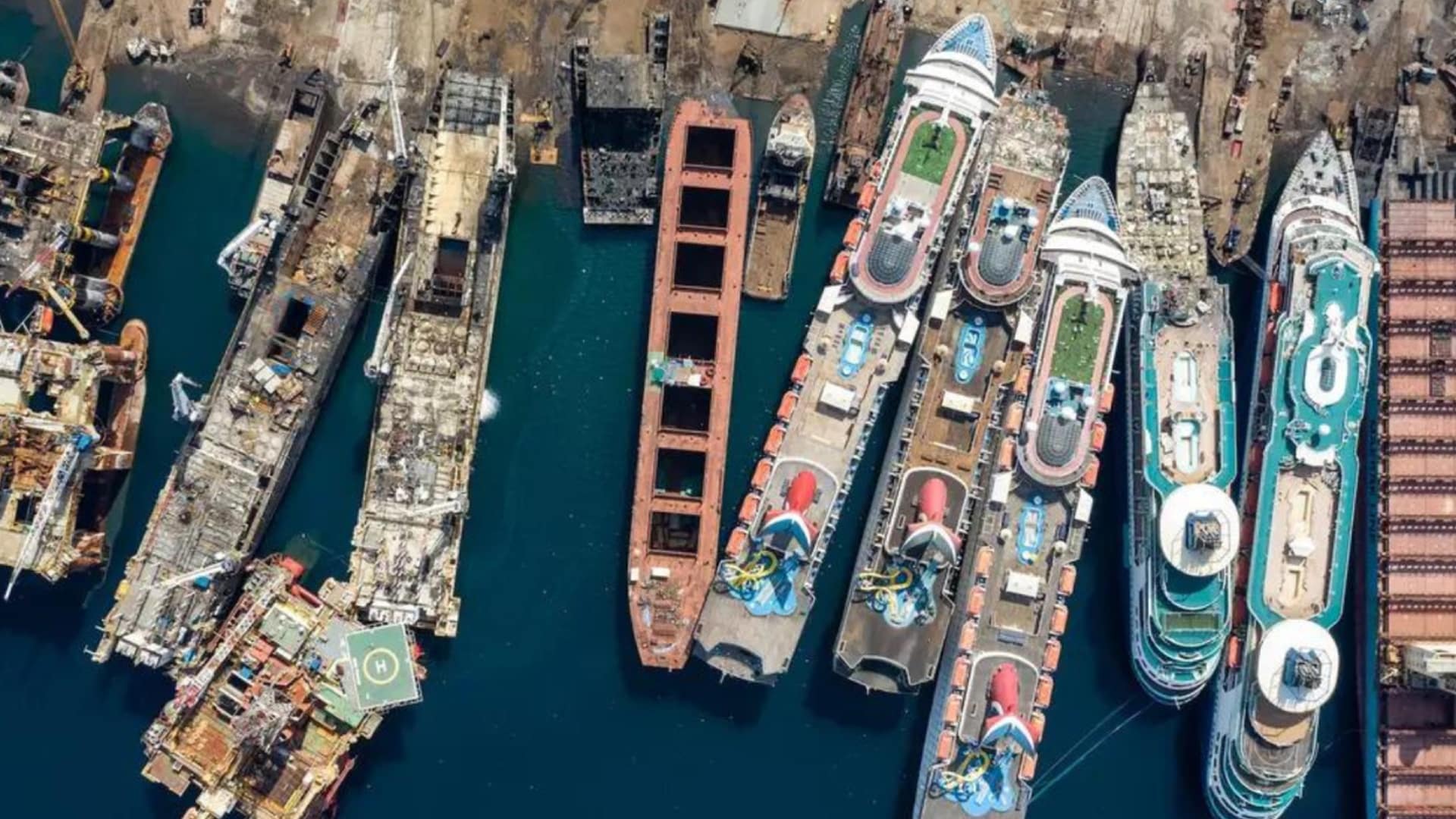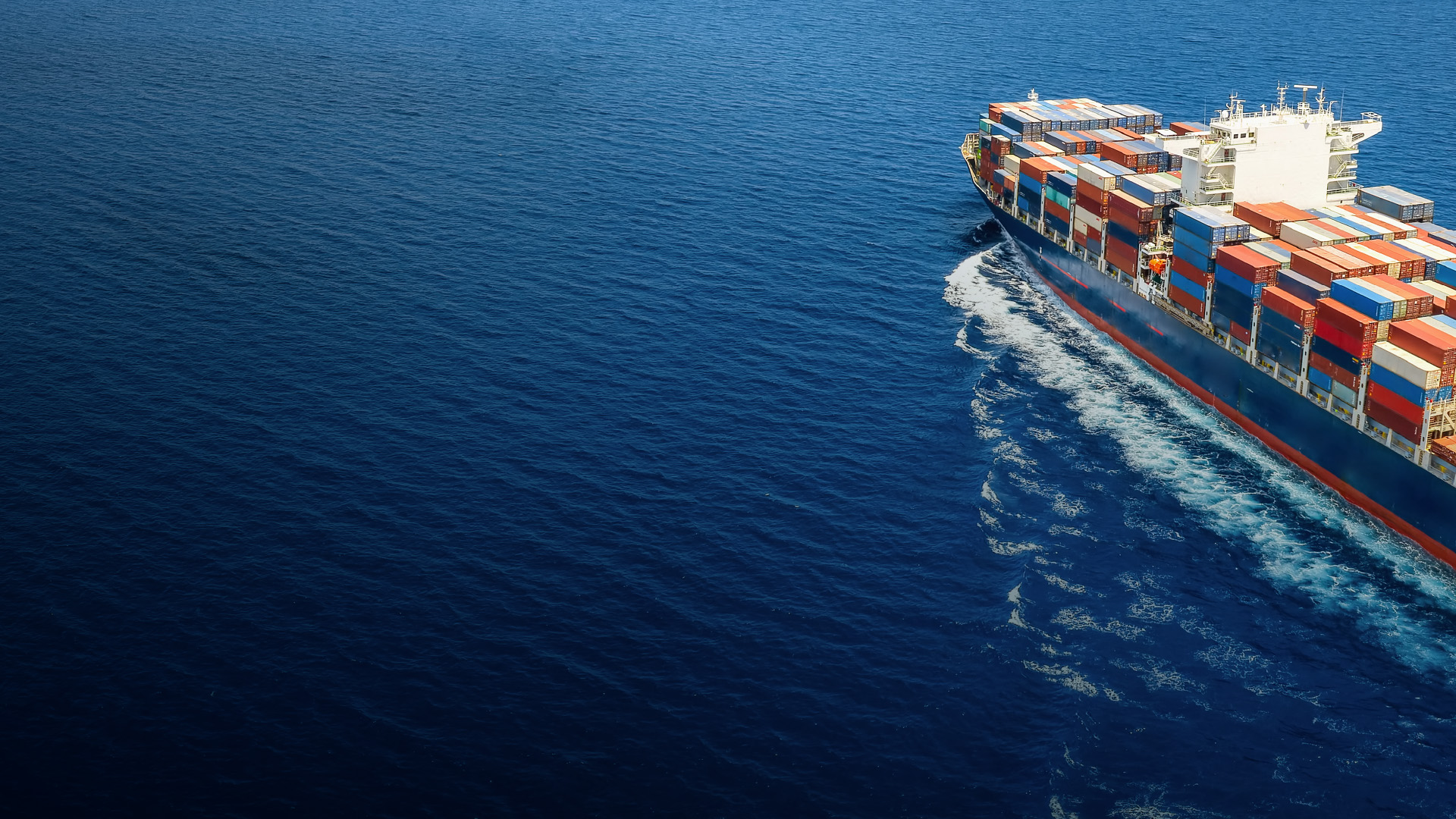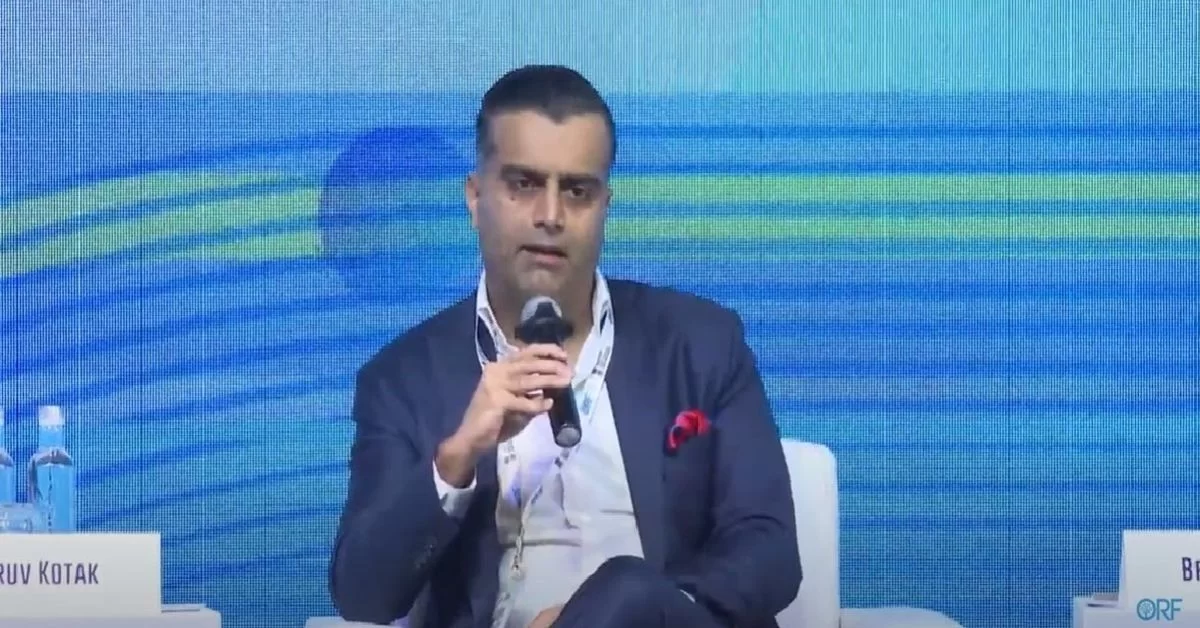ALANG MARKET UNDER PRESSURE AS SURGE IN SANCTIONED VESSELS DISRUPTS PRICING DYNAMICS: STAR ASIA
Muted post-Diwali market contrasts with arrival surge; regional recycling trends show cautious optimism in Bangladesh and pressure in Pakistan

Alang, November 2025 — In its latest weekly ship recycling market report, STAR ASIA — one of the world’s leading cash buyers of vessels for recycling — stated that despite expectations for a brisk recovery in market activity following Diwali, India’s Alang ship recycling sector remained unexpectedly subdued through late October and early November. Industry participants report that the overall sentiment in the domestic steel and recycling markets softened significantly, largely driven by an unexpected surge in the arrival of sanctioned vessels at the yard.
These sanctioned tankers—vessels previously linked to trade restrictions and high-risk transactions—have entered the Alang market at steeply discounted rates. Recyclers have been snapping them up at prices far below typical market levels, effectively distorting the price structure across vessel categories.
“Several sanctioned tankers are arriving and being sold quickly because their prices are just too attractive,” one Alang-based trader said. “But the downside is that these cut-rate deals are pulling down the benchmark prices for all other tonnage types, creating pressure for recyclers who handle regular vessels.”
Sanctioned Vessels Flood the Market
According to the latest anchorage and beaching data, at least six large tankers—NEER 1, MASAL, NIRVANA, YI CHENG, TASCO BRAVO, and SHAURYA II—were either recently beached or awaiting dismantling as of late October. Many of these ships had been under arrest or awaiting clearance for months due to sanctions-related complications.
This cluster of sanctioned arrivals has intensified competition among recyclers, as buyers are now forced to navigate a volatile pricing environment where risk and reward are being recalibrated in real time.
Industry observers warn that if this influx continues, traditional vessel pricing—especially for clean tankers and bulkers—will need to adjust sharply downward to remain competitive.
“The differential between sanctioned and non-sanctioned vessels is becoming too wide,” said a senior market analyst in Bhavnagar. “Unless the flow of sanctioned ships slows, we could see a structural downward correction across the board in India’s recycling market.”
Muted Demand in Steel Market Adds to Pressure
Compounding the problem is the weak domestic steel market. Traders reported that post-Diwali restocking activity failed to gain traction, and finished steel prices have drifted lower in recent weeks. The combined effect of weaker end-user demand, high inventory levels, and cheaper scrap availability has left recyclers cautious about fresh purchases.
The sentiment among Alang yard owners remains mixed. While some expect a recovery in demand as infrastructure spending picks up toward year-end, most agree that the next few weeks could remain challenging.
Indicative prices at Alang stood in the range of US$400–410 per LDT for tankers, US$380–390 for bulkers, US$370–380 for general cargo, and US$410–420 for containers. These levels represent a softening trend compared to September, reflecting both market uncertainty and the downward pull from distressed vessel sales.
Regional Comparison: Bangladesh Holds Ground, Pakistan Under Strain
Chattogram: Cautious Stability Amid New Benchmarks
Across the Bay of Bengal, Bangladesh’s Chattogram market painted a more stable picture. Despite a slow domestic steel market—with plate prices dipping by about US$4 per ton—some recyclers have displayed surprising resilience, offering firm and fixed prices for incoming tonnage.
Market confidence received a boost after reports surfaced of a Suezmax tanker (around 22,000 LDT) being sold at approximately US$470 per ton, setting a potential new benchmark for tanker prices in the subcontinent.
“This sale has lifted morale,” commented a Chattogram-based yard operator. “Even if the domestic steel demand is slow, recyclers here are ready to pay fair prices for clean ships because they believe demand will return.”
The ongoing push for DASR certification (Developed Authorized Ship Recycler), aligned with the Hong Kong Convention standards, is also reshaping Bangladesh’s market profile. More yards are obtaining international compliance credentials, strengthening Chattogram’s competitive position for high-quality tonnage in 2026 and beyond.
As of late October, key vessels awaiting or recently beached at Chattogram included ANG (barge, 2,630 LDT) and ANG HO (pusher tug, 493 LDT)—both of which were delivered at a rate of US$405 per LDT—as well as larger cargo and container ships like ASIAN ENTERPRISE, NIGATA TRADER, and S OAK.
Indicative prices in Chattogram remain stable: US$420–430 per LDT for tankers, US$400–410 for bulkers, US$390–400 for general cargo, and US$440–450 for containers.
Gadani: Oversupply of Cheap Imported Steel Hits Local Demand
In contrast, Pakistan’s Gadani market continues to struggle under the weight of cheap imported steel flooding the domestic market. The influx has undercut local demand for recycled scrap, pushing down offer levels for incoming vessels and squeezing recycler margins.
Recyclers at Gadani report that price offers have fallen further, reflecting both oversupply and a lack of financing liquidity. As of October, vessels such as ADALYNN (tanker, 22,000 LDT) had already been beached, while others like AL SAMA (bulker, 9,484 LDT) and EENA 1 (general cargo) awaited dismantling slots.
Indicative prices have slipped to US$420–430 for tankers, US$410–420 for bulkers, and US$400–410 for general cargo, mirroring the regional downtrend.
Aliaga, Turkey: Stable But Uninspired
The Turkish ship recycling market at Aliaga remained largely unchanged, with minimal fresh activity. Prices held steady at around US$280–290 per LDT for tankers, US$260–270 for bulkers, and US$250–270 for general cargo vessels. Market sentiment was stable but subdued, with no significant new arrivals reported.
Scrap and Currency Market Overview
Ferrous Scrap Market: Regional Quietude
Across South Asia and Turkey, imported ferrous scrap trading remained thin. Weak finished steel demand, ample domestic supply, and financing constraints continued to suppress activity.
In India, shredded scrap offers hovered at US$340–345 per ton CFR, with HMS 80:20 quoted at US$325–330 per ton. Containerised shredded scrap traded slightly higher, between US$340–350 per ton, but buyers remained reluctant. Traders noted that domestic yards already held “a lot of stored scrap,” reducing import urgency.
In Pakistan, UK/EU-origin shredded scrap was offered at US$356–360 per ton, with HMS around US$340–345 per ton. However, local buyers were hesitant to commit at those levels amid weak steel sales.
Bangladesh continued to show limited activity, with offers for shredded scrap from Australia and New Zealand around US$365–370 per ton CFR Chattogram, but bids lagging below US$360. Domestic rebar traded at BDT 74,000–78,000 per ton (US$605–638), reflecting soft construction demand.
In Turkey, deep-sea HMS 80:20 prices steadied around US$350–353 per ton CFR (US/Baltic origin), with EU-origin scrap at US$340–345 per ton. The Republic Day holidays further dampened trading activity.
Currency and Bunker Market Trends
Currency movements remained mixed across the subcontinent. The Indian rupee depreciated to ₹88.81 per USD, down 1.16% week-on-week, while the Bangladeshi taka and Turkish lira saw marginal adjustments.
USD Exchange Rates (October 31 vs. October 24):
-
INR (India): 88.81 vs 87.79 (↓1.16%)
-
BDT (Bangladesh): 122.38 vs 122.29 (↓0.07%)
-
PKR (Pakistan): 280.98 vs 283.00 (↑0.71%)
-
TRY (Turkey): 42.04 vs 41.90 (↓0.33%)
-
CNY (China): 7.11 vs 7.12 (↑0.14%)
Bunker prices showed mild variations, with Singapore listing VLSFO at US$443/ton, HSFO at US$378/ton, and MGO at US$654/ton. Prices remained consistent across key hubs including Hong Kong, Fujairah, Rotterdam, and Houston, reflecting steady global marine fuel demand.
Historical Perspective: Price Correction in Context
The current weakness in Alang’s market comes after two years of gradual normalization from record highs seen during 2021–2022.
Five-year average price data show that Alang’s recycling prices have eased from US$590 per LDT in 2022 to US$470 in 2024, while Chattogram and Gadani have followed similar trajectories.
| Destination | 2020 | 2021 | 2022 | 2023 | 2024 |
|---|---|---|---|---|---|
| Alang, India | 335 | 575 | 590 | 550 | 470 |
| Chattogram, Bangladesh | 350 | 580 | 610 | 460 | 470 |
| Gadani, Pakistan | 370 | 590 | 580 | 510 | 480 |
| Aliaga, Turkey | 200 | 280 | 320 | 300 | 320 |
Industry Outlook: Between Risk and Realignment
Looking ahead, recyclers and traders across the subcontinent are bracing for a delicate balance between opportunity and risk. The arrival of sanctioned ships presents short-term buying advantages but raises compliance, financing, and reputation challenges.
For Alang, the key question remains whether the supply of such discounted vessels will persist. If the inflow continues, traditional price benchmarks could weaken further, potentially deterring clean-ship sellers and creating longer-term distortions.
In contrast, Bangladesh’s disciplined pricing strategy and growing compliance credentials may allow it to capture premium tonnage in the months ahead, especially from owners seeking transparent and certified recycling options.
Pakistan and Turkey, meanwhile, will likely remain defensive markets, constrained by domestic steel conditions and limited liquidity.
“Alang’s challenge now is not just price competition,” one recycler summarized, “but maintaining stability in a market flooded with risk-laden tonnage. The coming quarter will test the industry’s resilience—and its ability to balance opportunity with responsibility.”
Author: shipping inbox
shipping and maritime related web portal








